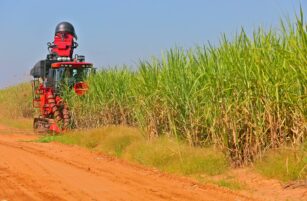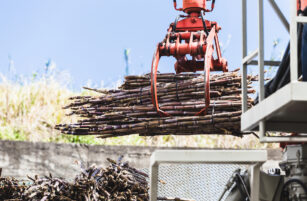Insight Focus
Eastern Asia and the western Pacific are boosting biofuels production. Countries like Indonesia, Malaysia and India are advancing sustainable aviation fuel (SAF) initiatives to reduce aviation sector emissions. Collaborative efforts and innovative technologies are vital for meeting decarbonization goals.
Indonesia’s SAF Development
Throughout eastern Asia and the western Pacific, nations are exploring ways to increase biofuels production to boost their gross national product (GNP) while cutting carbon emissions.
In Indonesia, news sources reported that the Ministry of Energy and Mineral Resources is planning to develop non-edible coconuts as potential feedstock for sustainable aviation fuel (SAF). “Rejected coconuts have the potential to become raw material for SAF,” said Edi Wibowo, Director of Bioenergy at the Directorate General of New, Renewable Energy, and Energy Conservation (EBTKE) at the Ministry.
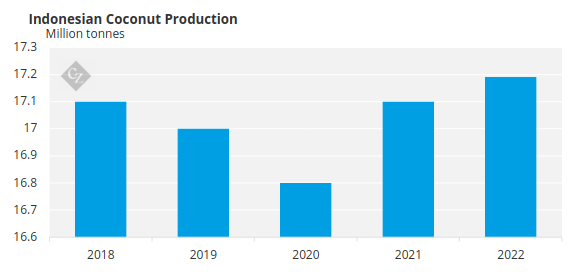
Source: FAOSTAT
The process will involve phased development, starting from basic research and laboratory testing before progressing to pilot projects and commercialization. The Ministry’s SAF roadmap also includes options for using other materials, such as Used Cooking Oil (UCO) and Palm Oil Mill Effluent (POME), alongside non-edible coconuts. The government of Indonesia aims for SAF production to account for 1% of aviation fuel by 2027.
Malaysia’s Decarbonization Blueprint
In Malaysia, the government has launched the Malaysia Aviation Decarbonization Blueprint (MADB) to achieve net-zero carbon emissions as early as 2050 for the international aviation sector.
The Ministry of Transport (MOT) stated that the MADB sets decarbonization targets for the aviation sector according to four categories of mitigation measures established by the International Civil Aviation Organization (ICAO): aircraft technology, operational improvements, the use of SAF and carbon offsetting.

The blueprint outlines a comprehensive approach to emission reduction through measures, including targeting up to 18% reduction in emissions for aircraft technology by 2050.
Other measures include striving for up to 5% reduction through better air traffic management and more efficient flight operations, aiming for up to 46% reduction through the increased use of biofuels and other sustainable alternatives, pursuing up to 30% reduction by adopting carbon offset schemes, and purchasing carbon credits.
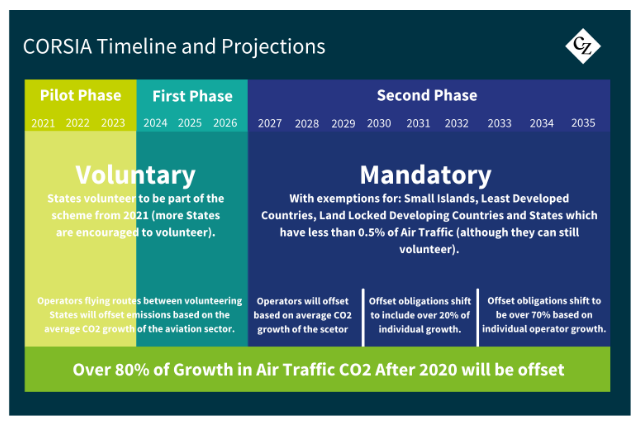
India’s Sustainable Bioenergy Solutions
In India, the Indian Sugar & Bio Energy Manufacturers Association (ISMA) announced that it has signed agreements with The Energy and Resources Institute (TERI) and PRAJ Industries to advance sustainable bioenergy solutions.
The plan is to focus on sustainable aviation fuel and explore the potential of bioethanol, biogas, green bio-hydrogen, and green methanol.
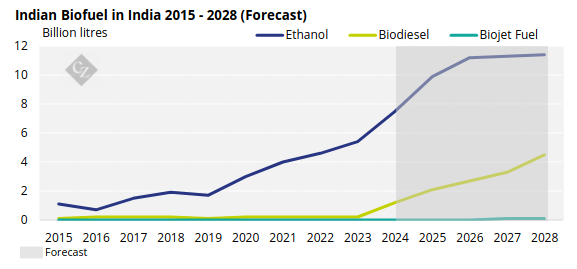
Source: IEA
“Unlike conventional jet fuels, SAF produced from renewable resources can significantly reduce greenhouse gas emissions. Through our collaboration, we will leverage the research and policy expertise of TERI and the technology solutions of PRAJ to overcome challenges and build a robust bioenergy ecosystem,” said ISMA’s director-general Deepak Ballani.
Aimed at building a bio-economy and low-carbon energy infrastructure in India, this collaboration will play an integral role in promoting knowledge sharing, policy advocacy, and capacity building, he added.
Additionally, India’s Punjab government is advancing its green fuel initiative by setting up pelletisation plants to convert paddy stubble into biofuel, addressing the environmental challenge of stubble burning.
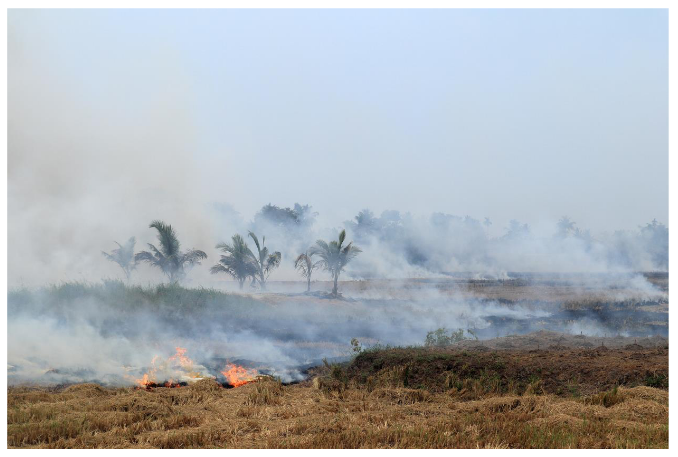
As of mid-September 2024, 16 such plants are operational across the state, with 21 more expected by November.
China’s Growing Ethanol Production
In China, ethanol production and demand are projected to increase by 17% this year, according to a report filed with the USDA Foreign Agricultural Service’s (FAS) Global Agricultural Information Network. Domestic ethanol production capacity in China is expected to remain unchanged.
China’s fuel ethanol production is anticipated to reach 4.9 billion litres this year, up from 4.2 billion litres last year and 3.804 billion litres in 2022.
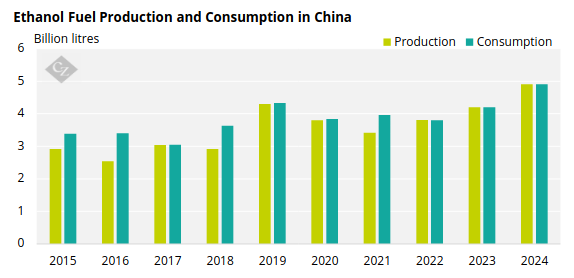
Source: USDA
A small percentage of fuel ethanol production is derived from fossil-based synthetic fuel. The report estimates that fuel ethanol from fossil feedstocks was at 60 million litres in 2023 and 2024 and at 40 million litres in 2022.
The report notes that fuel ethanol prices in the country are fixed at 91.1% of the retail gasoline price, set by China’s National Development and Reform Commission based on a basket of global benchmark crude prices.
Since ethanol prices are tied to gasoline prices, falling corn prices have resulted in increased ethanol production. Corn prices have been falling since 2022.
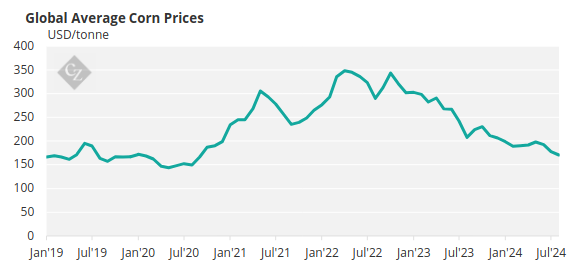
Source: World Bank
Japan and Fiji’s SAF Initiatives
In Japan, Neste, ITOCHU and GS Caltex have teamed up to deliver the first batch of CORSIA-certified sustainable aviation fuel to Japan by blending over 1,000 tonnes of Neste-supplied SAF at GS Caltex’s refinery in Yeosu, South Korea, before being transported to Narita International Airport. This SAF will be available for purchase by All Nippon Airways and Japan Airlines, marking the first time CORSIA-certified SAF has been made commercially available in Japan.

In Fiji, Fiji Airways announced a partnership with The Fiji Sugar Corporation Limited and Lee Enterprises Consulting to explore the production of sustainable aviation fuel in Fiji. Funded by the Asian Development Bank, the collaboration aims to assess the feasibility of using sugarcane byproducts, such as molasses and bagasse, as feedstocks for SAF production.










